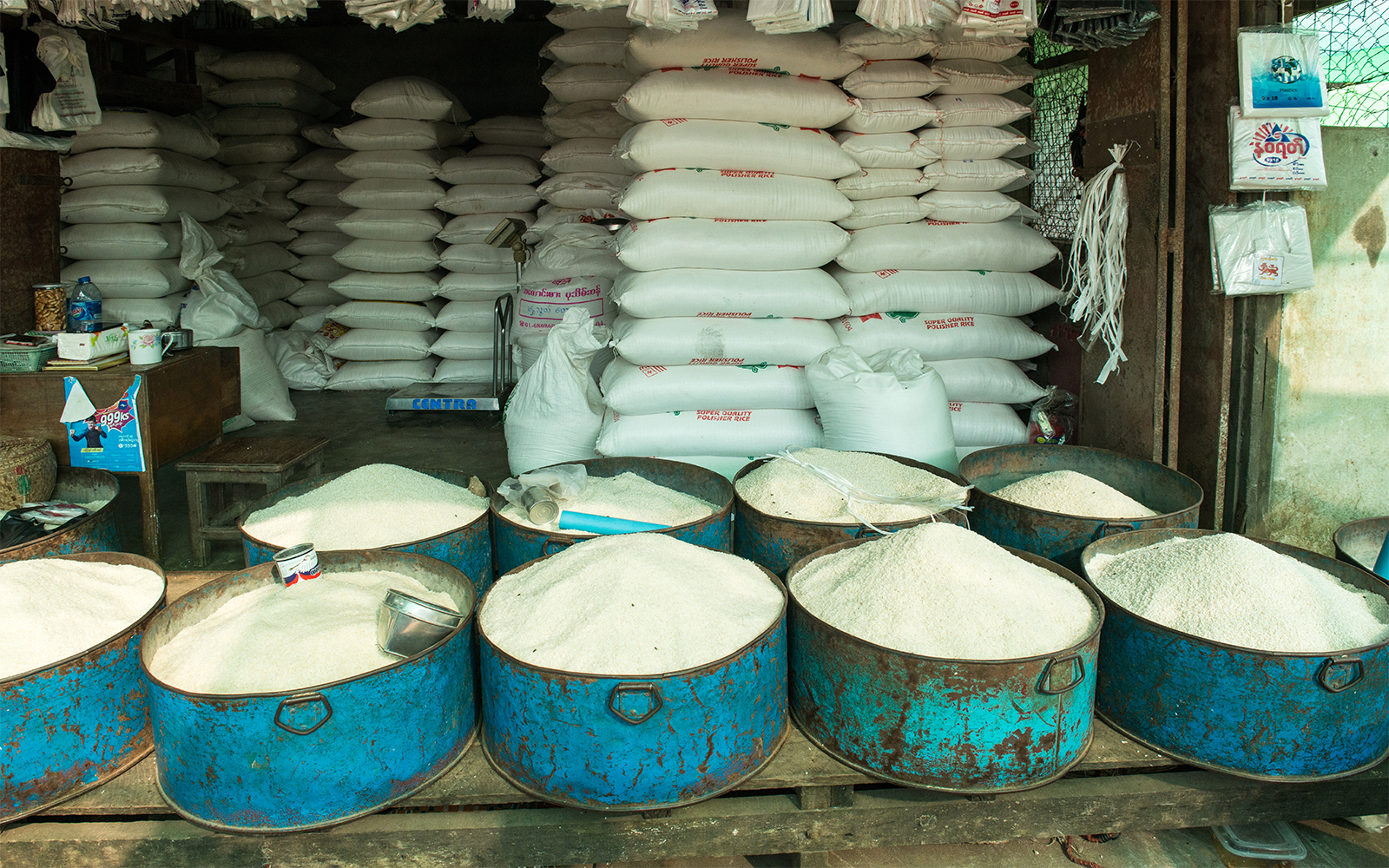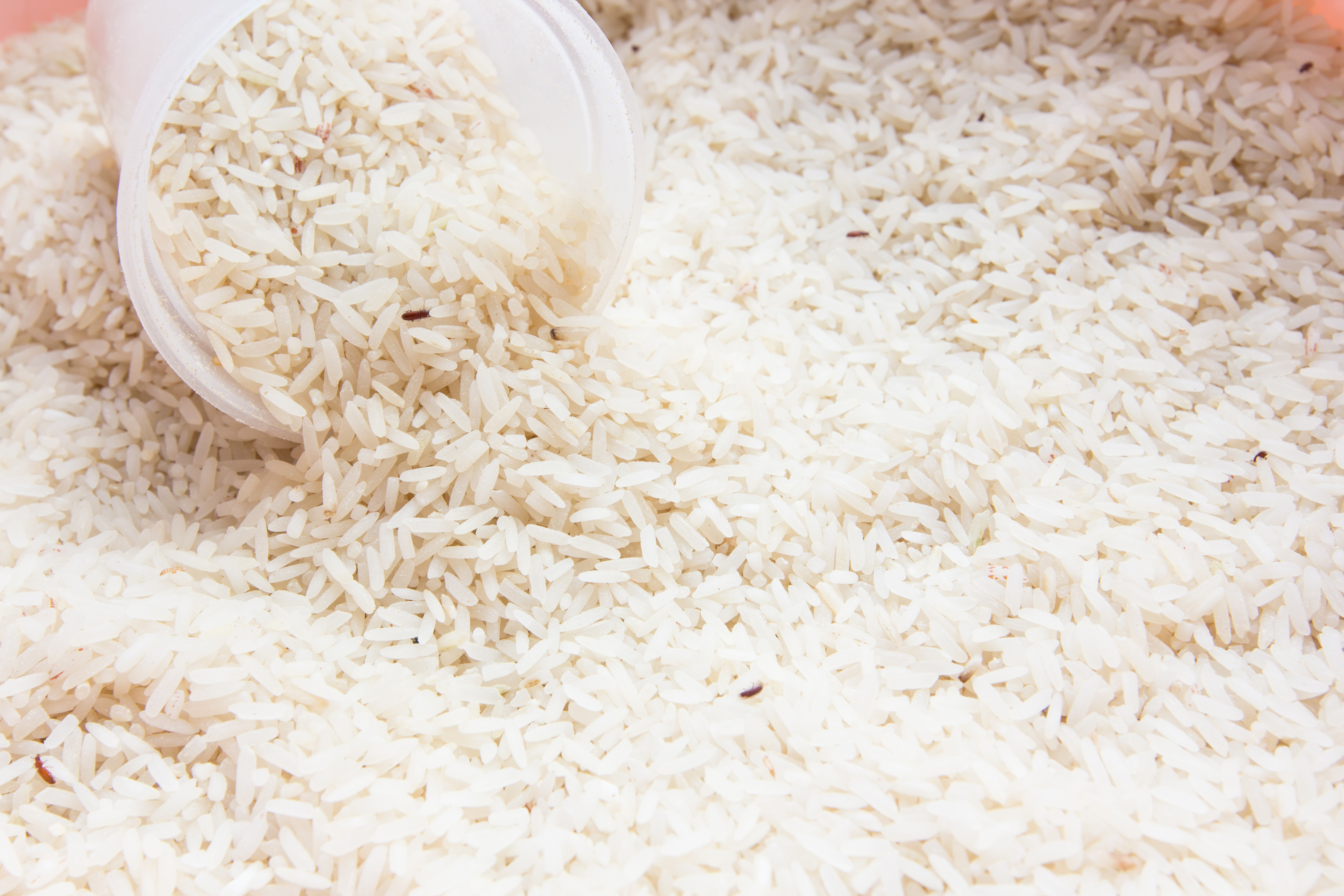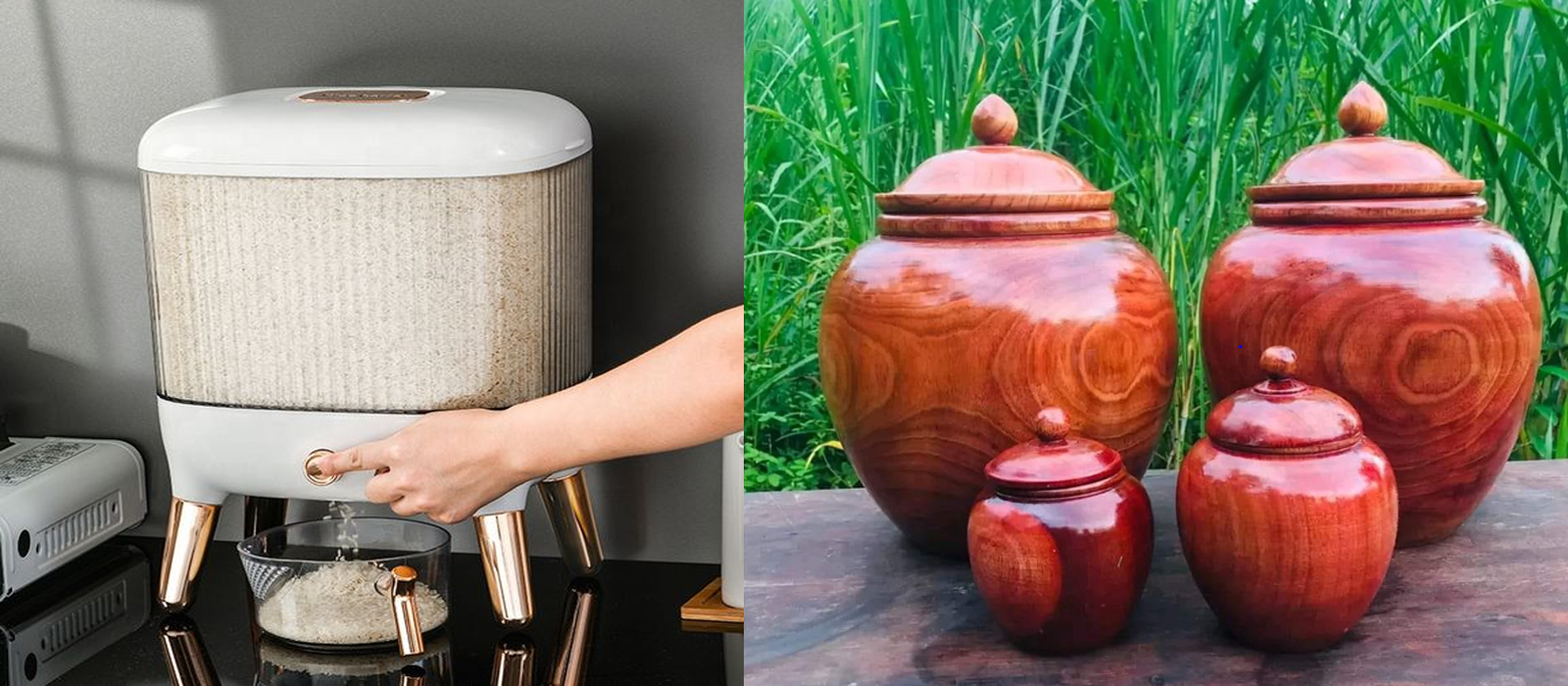
In this country, where rice is a staple and essential food, it's common practice to store rice in large quantities. However, as rice is stored for longer periods, the issue of weevils becomes a challenge for many households. The presence of rice weevils in rice containers is something housewives aim to prevent. These small black bugs, often found in rice, not only cause annoyance but also affect the quality and flavor of the cooked rice.
 Causes of Rice Infestation
Causes of Rice Infestation
Rice has an inherent trait where extended storage can result in infestations. Depending on the quality of the milled rice produced at the factory, well-milled rice can be stored for about three months without becoming infested. Conversely, if the milled rice is of lower quality, it becomes susceptible to infestation within just one month.
When Does Rice Weevil Infestation Occur?
There isn't a fixed pattern that determines which seasons are particularly prone to rice weevil infestations. Generally, the period of new rice cultivation, such as November, December, and January, experiences the highest susceptibility to rice weevil infection. Initially, manually removing rice weevils and separating the good grains was possible. However, as they multiplied, the rice became so fragile that it could be easily crushed by hand, making it unusable and requiring disposal. Therefore, if you intend to store rice, it's crucial to familiarize yourself with these simple methods to prevent rice weevil infestations.

Add these ingredients to the rice pot:
Many people are already familiar with this method. But for those who aren't, we'd like to share it. Adding ingredients with a hot and spicy nature, like bay leaves, ginger, onions, and dried chilies, to the rice pot or storage container can effectively repel rice weevils. Feel free to share any additions to the rice pot that help keep rice weevils away in your household.
How to Eliminate Rice Weevils?
If unable to prevent rice infestation, keep in mind the need to remove the rice before it's compromised. Rice weevils can be eliminated using the following methods:
Method 1: Expose the rice directly to sunlight for approximately 15 minutes, then place it on a bamboo tray and shake the tray. This will cause the rice weevils to gather in the center, making it easy to remove them.
Method 2: Cover the rice pot with a cloth and allow time for the rice weevils to collect on the cloth. It's important to note that the cloth should not be damp.
 Choose a container like this for rice storage:
Choose a container like this for rice storage:
Storing rice in bags for extended periods can result in its white color fading and turning dark brown, even before attracting weevils. That's why using containers and pots for rice storage is advisable. Containers with concave designs have reduced air circulation, making them less susceptible to rice infestation. Remember how your mother and grandmother used to store rice in glazed earthen jars with narrow rims? These jars were tightly sealed at the top, and when scooping rice, they used condensed milk cans or coconut shells with long handles to minimize airflow. Nowadays, you have the option of purchasing specialized plastic containers designed for rice storage. You can choose between using plastic containers or following the traditional method of using glazed earthen jars to store rice in an airtight manner, thus protecting it from potential infestations by rice bugs.
When stored correctly in a dry, cool, and airtight environment, protected from direct sunlight and potential contamination, rice can be preserved for an extended period while retaining its quality.




Comments